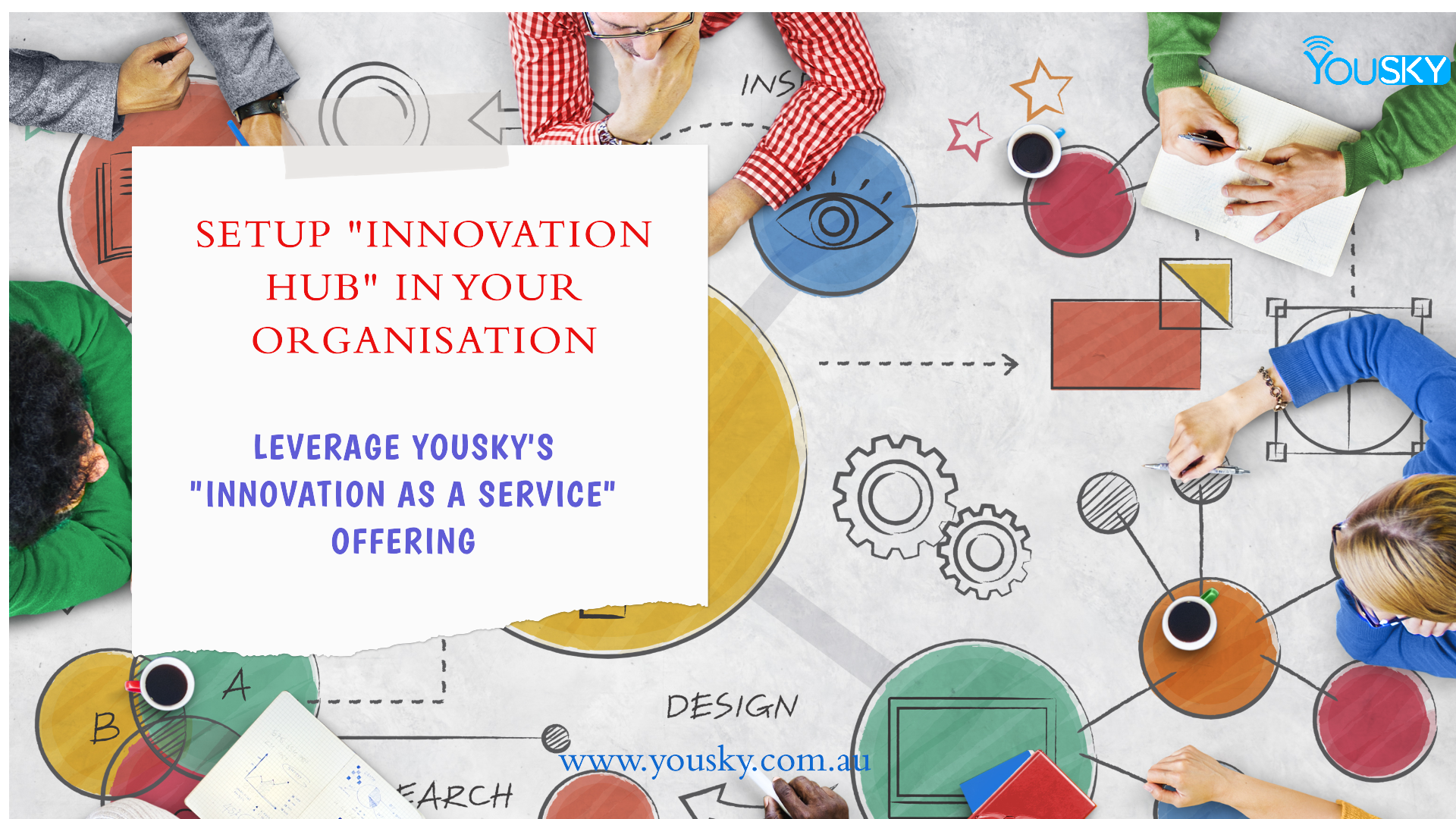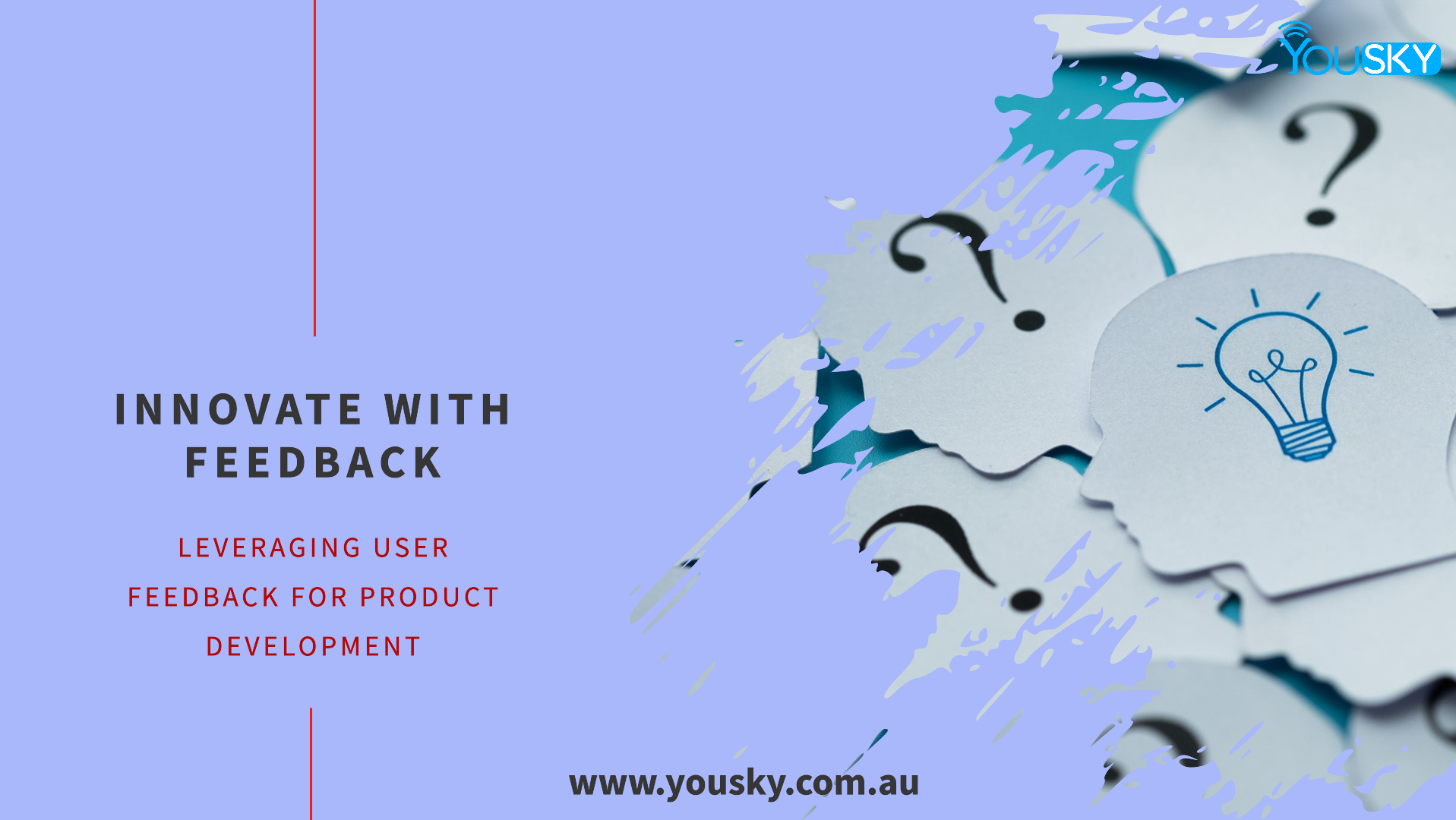
In today’s rapidly evolving digital landscape, businesses must continuously innovate to remain competitive and discover new revenue streams. Leveraging the latest technologies allows companies to develop novel business models that enhance their offerings and unlock entirely new markets. This comprehensive guide explores various strategies and case studies on how businesses can effectively utilize technology to generate new revenue channels.
Subscription Models: Transforming One-Time Sales into Recurring Revenue
The Shift to Subscription-Based Services
The shift from one-time sales to subscription-based services has proven to be a game-changer for many businesses. By offering products and services on a subscription basis, companies can secure steady and predictable revenue streams. This model is particularly effective for software and digital content providers.
Case Study: Adobe Creative Cloud
Adobe’s transition from selling perpetual software licenses to offering Adobe Creative Cloud on a subscription basis is a prime example of this model’s success. This change not only stabilized Adobe’s revenue but also increased customer engagement and loyalty. Subscription models provide recurring revenue and improve customer retention by continuously delivering value.
Benefits of Subscription Models
Subscription models create predictable revenue, enhance customer relationships through ongoing engagement, and allow businesses to continuously update and improve their offerings based on user feedback. This model fosters a sense of community and loyalty among subscribers, leading to lower churn rates and higher lifetime value per customer.
Digital Products and Services: Expanding Market Reach
Creating Digital Offerings
Businesses can significantly expand their market reach by creating digital products and services that complement their existing offerings. Digital transformation opens up new markets and revenue streams by leveraging technology to deliver value in innovative ways.
Case Study: Pearson’s E-Learning Platforms
Traditional book publishers like Pearson have successfully ventured into the digital realm by introducing e-learning platforms and digital textbooks. This strategic move allows Pearson to tap into the growing online education market, reaching a broader audience and increasing profitability.
Advantages of Digital Products
Digital products often have lower production costs compared to physical goods and can reach a global audience. They are scalable, easy to distribute, and can be updated or improved seamlessly. Additionally, digital products enable businesses to gather valuable data on user behavior, preferences, and feedback, which can be used to refine offerings and enhance customer satisfaction.
Data Monetization: Turning Information into Income
Leveraging Data for Revenue
Data monetization is a lucrative opportunity for businesses to generate new revenue streams. By collecting and analyzing data, companies can sell insights, offer data-driven services, or enhance their own products and services. Data-driven decision-making and personalized experiences are highly valued in today’s market.
Case Study: Facebook and Google’s Advertising Models
Companies like Facebook and Google exemplify the power of data monetization. These tech giants generate substantial revenue through targeted advertising based on user data. By leveraging data analytics, they can deliver personalized ads that resonate with users, resulting in higher engagement and conversion rates.
Benefits of Data Monetization
Data monetization provides businesses with additional revenue streams while offering valuable insights to improve customer experience and product development. It enables companies to create more personalized and effective marketing strategies, enhancing customer satisfaction and loyalty. Furthermore, data-driven insights can inform strategic decisions, driving innovation and growth.
E-commerce and Online Marketplaces: Expanding Sales Channels
The Rise of E-commerce
The proliferation of e-commerce and online marketplaces has revolutionized the way businesses sell products and services. Expanding sales channels to include digital platforms can significantly boost sales and market presence, providing access to a global customer base.
Case Study: Walmart and Target’s E-commerce Platforms
Traditional retailers like Walmart and Target have successfully developed robust e-commerce platforms to compete with online giants like Amazon. By embracing digital transformation, these companies have enhanced their sales opportunities and market reach, catering to the growing demand for online shopping.
Advantages of E-commerce
E-commerce offers businesses the ability to reach a wider audience, reduce operational costs, and provide a seamless shopping experience. Online platforms enable businesses to operate 24/7, increasing sales opportunities and customer convenience. Additionally, e-commerce provides valuable data on customer behavior, preferences, and trends, enabling businesses to tailor their offerings and marketing strategies.
IoT-Based Services: Enhancing Products with Smart Technology
The Power of IoT
The Internet of Things (IoT) technology enables businesses to offer innovative services such as remote monitoring, predictive maintenance, and smart products. IoT enhances product value by providing real-time data and insights, improving customer satisfaction and operational efficiency.
Case Study: General Electric’s Predictive Maintenance
General Electric (GE) utilizes IoT sensors in its industrial equipment to offer predictive maintenance services. This proactive approach reduces downtime for customers and creates a new revenue channel for GE. By predicting potential issues before they occur, GE enhances the reliability and performance of its products.
Benefits of IoT-Based Services
IoT-based services enable businesses to deliver enhanced value to customers through real-time monitoring and data-driven insights. These services can improve product performance, reduce maintenance costs, and extend product lifespan. Additionally, IoT allows for the development of smart products that offer increased functionality and convenience, driving customer satisfaction and loyalty.
Platforms and Ecosystems: Building Digital Marketplaces
Creating Digital Ecosystems
Building platforms that connect users, developers, and service providers can create thriving marketplaces or ecosystems. These platforms generate diverse revenue streams by facilitating interactions and transactions among multiple stakeholders.
Case Study: Apple App Store and Google Play Store
Apple’s App Store and Google Play Store are exemplary platforms that generate significant revenue through app sales, subscriptions, and in-app purchases. By creating a marketplace for developers and users, these platforms have become integral to the digital economy.
Advantages of Platforms and Ecosystems
Platforms and ecosystems can scale rapidly, generating diverse revenue streams from various participants. They foster innovation by providing a space for developers to create and share new products and services. Additionally, platforms benefit from network effects, where the value of the platform increases as more users and developers join, driving growth and engagement.
Artificial Intelligence and Machine Learning: Enhancing Personalization and Efficiency
Harnessing AI and ML
Artificial intelligence (AI) and machine learning (ML) technologies can optimize operations, personalize customer experiences, and create new product offerings. These technologies enable businesses to leverage data for predictive analytics, automation, and enhanced decision-making.
Case Study: Netflix’s Personalized Recommendations
Netflix uses AI to personalize content recommendations, enhancing user experience and increasing subscription retention rates. By analyzing user behavior and preferences, Netflix delivers tailored content that resonates with individual viewers, driving engagement and satisfaction.
Benefits of AI and ML
AI-driven personalization improves customer engagement, reduces churn, and opens up new opportunities for upselling and cross-selling. Machine learning algorithms can automate routine tasks, freeing up resources for more strategic activities. Additionally, AI and ML provide valuable insights for informed decision-making, driving innovation and competitive advantage.
Blockchain Technology: Enabling Trust and Transparency
The Promise of Blockchain
Blockchain technology enables new business models such as decentralized finance (DeFi), supply chain transparency, and secure digital transactions. By providing a secure and transparent ledger, blockchain builds trust and enhances security across various sectors.
Case Study: IBM’s Supply Chain Transparency
IBM uses blockchain to provide supply chain transparency, ensuring product authenticity and reducing fraud. This technology enhances trust among stakeholders by offering a tamper-proof record of transactions and product movements.
Advantages of Blockchain
Blockchain technology fosters trust, enhances security, and creates new business opportunities. It enables secure and transparent transactions, reducing the risk of fraud and errors. Blockchain also supports decentralized applications and smart contracts, driving innovation in finance, supply chain, and other industries.
The Metaverse: Creating Virtual Goods and Experiences
Exploring the Metaverse
The metaverse offers new opportunities for businesses to create virtual goods, services, and experiences. This digital realm attracts new customer segments and provides innovative ways to engage with audiences.
Case Study: Gucci and Nike’s Virtual Goods
Fashion brands like Gucci and Nike are creating virtual goods and experiences in the metaverse, generating revenue from digital sales. These virtual offerings appeal to a tech-savvy audience and provide unique, immersive experiences.
Benefits of the Metaverse
The metaverse enables businesses to reach new audiences and create innovative, engaging experiences. Virtual goods and services offer additional revenue streams and can enhance brand presence in the digital space. The metaverse also provides a platform for collaboration and interaction, fostering community and loyalty among users.
Conclusion
In the ever-evolving digital landscape, businesses must leverage technology to discover new revenue channels and stay competitive. By adopting subscription models, creating digital products, monetizing data, expanding into e-commerce, developing IoT-based services, building platforms and ecosystems, utilizing AI and ML, embracing blockchain technology, and exploring the metaverse, companies can unlock new opportunities for growth and innovation. The integration of these technologies not only transforms existing business models but also opens up new avenues for success in the digital age. As businesses continue to innovate and adapt, the potential for technological advancements to drive revenue growth and enhance customer experience remains boundless.
Leveraging “Innovation as a Service” for New Revenue Streams
Yousky’s “Innovation as a Service” offering can play a pivotal role in helping businesses create new revenue streams. By providing a comprehensive suite of tools and expertise in emerging technologies, Yousky enables companies to innovate without the heavy upfront costs and risks associated with developing new capabilities in-house. This service facilitates rapid prototyping, market testing, and scaling of innovative solutions, ensuring that businesses can swiftly adapt to market changes and capitalize on new opportunities. With Yousky’s support, organizations can continuously evolve their business models, embrace cutting-edge technologies, and unlock untapped revenue potential, positioning themselves for sustained success in a dynamic digital economy. Contact us to know more.


